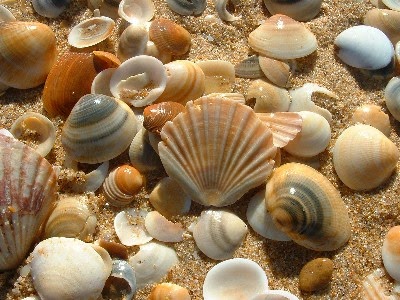Words of wisdom from people with razor-sharp insights.
If
God wanted us to vote, he would have given us candidates.
~
Jay Leno ~
Politicians are people who, when they see light at the
end of the tunnel, go out and buy some more tunnel. ~ John Quinton ~
Politics
is the gentle art of getting votes from the poor and campaign funds from the
rich, by promising to protect each from the other.
~
Oscar Ameringer ~
I
offer my opponents a bargain: if they will stop telling lies about us, I will
stop telling the truth about them. ~
Adlai Stevenson ~
A
politician is a fellow who will lay down your life for his country.
~
Tex Guinan ~
I
have come to the conclusion that politics is too serious a matter to be left to
the politicians. ~
Charles de Gaulle ~
Instead
of giving a politician the keys to the city, it might be better to change the
locks.
~
Doug Larson ~
These wise
words of wit and perception are offered with a sense of humor and a big smile,
in the hope that some of them will bring a big smile to your face.


















